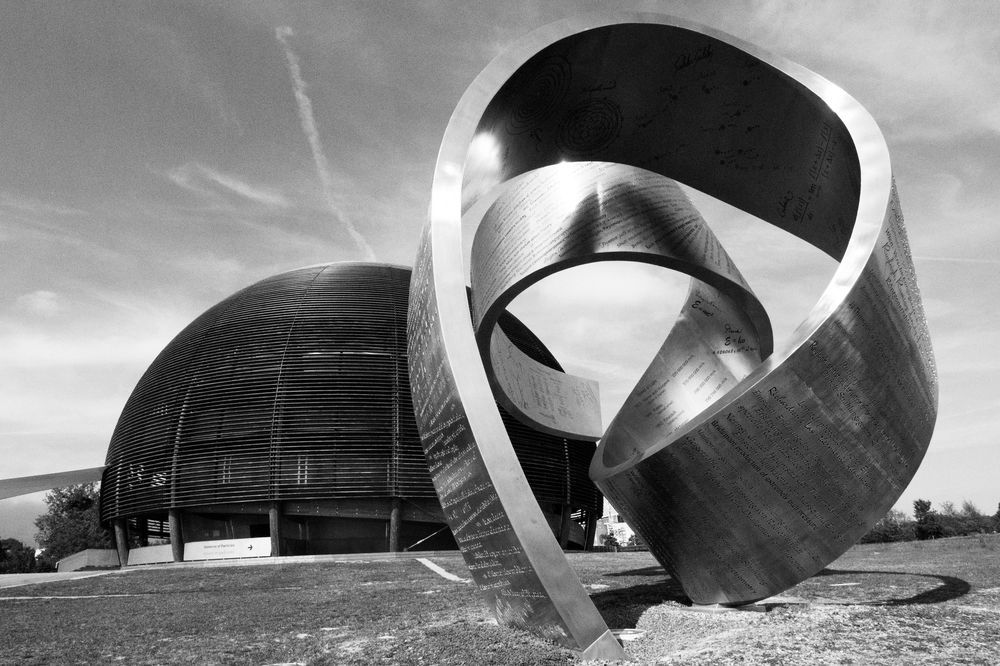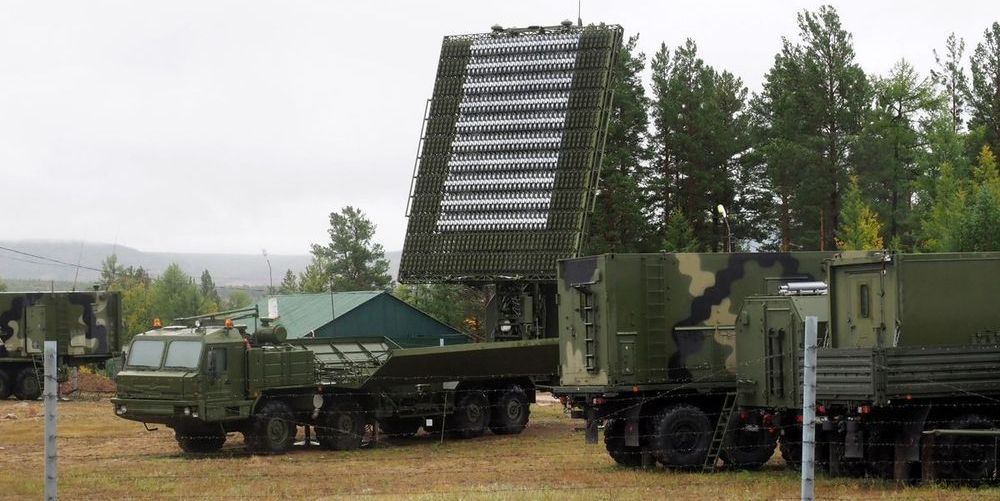His work is one of a series of projects that have been set up by Doing It Together Science (Ditos), an EU citizen science programme that has been co-ordinated by researchers at University College London. Two major strands were selected for special attention: bio-design – the use of living things (such as bacteria and plants) in product design, and environmental monitoring. As one of the latter projects, a group at Durham University, led by Dr Phil Stephens and including researcher Pen-Yuan Hsing, set up MammalWeb which uses camera traps – digital cameras triggered by an animal’s heat and movement – to monitor wildlife in the north-east. Ascroft was one of their first volunteers.
Roland Ascroft’s first attempt to become a citizen scientist was nearly his last. The 63-year-old conservationist volunteered to take part in a wildlife monitoring project in 2015 and began by placing a camera trap in the woods opposite his house at New Brancepeth, near Durham. For three weeks he checked every day to see if the device had been triggered by animals moving in front of it, but found nothing had set it off.
“I was about to give up when I moved my camera trap for one last attempt – and found next morning that I had photographed a roe deer in the early morning,” says Ascroft. “I was hooked.”
Since then Ascroft has set up 20 camera traps that have taken more than 75,000 remotely triggered photographs of wildlife in Deerness Woods.







